If you’re a pet owner, you know that keeping a clean home can feel like a constant battle. While pets bring joy, comfort, and companionship, they can create messes, shed fur, track in dirt, and leave the occasional “surprise” around the house. However, a clean, pet-friendly home is achievable with some strategy and a consistent cleaning routine. Here are some practical housekeeping tips tailored for pet owners to keep your house spotless and safe for you and your furry friends.
- 1. Invest in a Quality Vacuum Cleaner
- 2. Set Up a Pet Grooming Station
- 3. Use Pet-Safe Cleaning Products
- 4. Keep Pet Bedding and Toys Clean
- 5. Designate Pet Zones
- 6. Control Pet Odors Naturally
- 7. Clean Pet Stains Promptly
- 8. Protect Your Furniture and Floors
- 9. Brush Your Pet Regularly to Minimize Shedding
- 10. Schedule Regular Deep Cleaning
1. Invest in a Quality Vacuum Cleaner
Pet fur, dander, and dirt tracked in from outdoors can accumulate quickly on floors, furniture, and carpets. Investing in a high-quality vacuum cleaner for pet hair removal can be a game-changer. Look for vacuums with HEPA filters, strong suction, and attachments designed to reach tricky corners and upholstery. For hardwood or tile floors, consider using a vacuum that quickly switches between surfaces to avoid scratching.
If you have a heavy shedder, try to vacuum daily. Regular cleaning keeps your floors hair-free, reduces allergens, and helps prevent buildup that can damage carpets over time.
Pro Tip: Vacuum Daily

2. Set Up a Pet Grooming Station
Routine grooming is essential to minimizing the hair and dander your pet sheds in the house. Brush your pet regularly in a designated area, ideally somewhere easy to clean, like a tiled floor or outdoors. Consider setting up a grooming station with brushes, nail clippers, and a gentle, pet-safe vacuum for pets with long or thick fur. Grooming in a single area makes it easier to contain fur and keeps the rest of your home cleaner.
Grooming Frequency:
| Short-coated pets | Brush once a week |
| Long-haired pets | Brush at least 2–3 times a week |
| Bathing | Every 4–6 weeks, depending on their activity level |
3. Use Pet-Safe Cleaning Products
Using pet-safe cleaning products is crucial to ensure your home is clean and safe for your animals. Some cleaning products contain harsh chemicals that can harm pets if they come into contact with freshly cleaned surfaces or ingest residual cleaners. Opt for non-toxic, pet-friendly cleaners or make DIY cleaners with natural ingredients like vinegar, baking soda, and lemon juice.
Suggested Pet-Safe Cleaners:
- Vinegar and water solution for hard floors and surfaces.
- Baking soda for deodorizing carpets and fabrics.
- Lemon juice and water are gentle, fragrant cleaners.
4. Keep Pet Bedding and Toys Clean
Pet beds, blankets, and toys can trap odors, bacteria, and hair, contributing to household mess and odors. Wash your pet’s bedding and soft toys at least once every two weeks and clean their hard toys with a mild, pet-safe soap weekly. Maintaining clean pet areas helps control odors, reduce allergens, and keep your pet’s environment hygienic.
Cleaning Tips for Pet Bedding:
- Use hot water for thorough sanitization.
- Add a cup of vinegar to the rinse cycle to eliminate odors.
- Dry bedding on high heat to kill any lingering bacteria or mites.
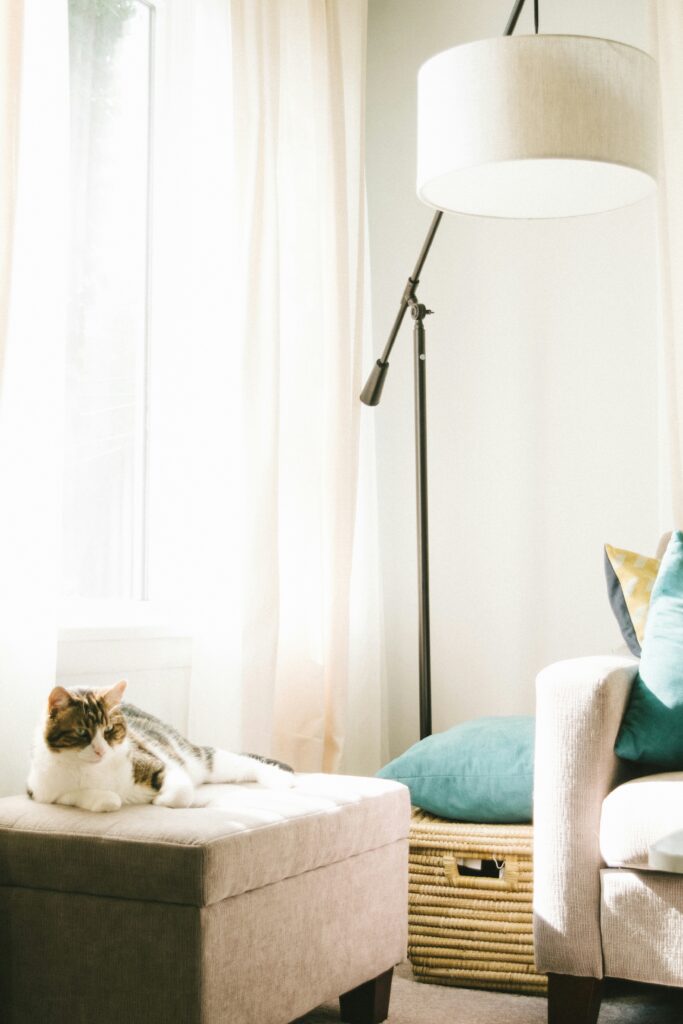
5. Designate Pet Zones
Creating designated areas for your pet to eat, sleep, and play can help contain messes. For instance, place your pet’s food and water bowls on a washable mat in a specific area to catch spills and crumbs. Similarly, they designate a corner for their bed, toys, and grooming tools. Limiting your pet’s access to certain rooms can make cleaning more manageable and keep areas like the kitchen or bedroom fur-free.
Pet Zone Essentials:
- Waterproof mat under food and water bowls.
- Lined bed or blanket that’s easy to wash.
- Toy bin for quick and easy cleanup of play areas.
6. Control Pet Odors Naturally
Pets can sometimes leave your home smelling less than fresh. To combat pet odours, try incorporating natural deodorizers like baking soda or charcoal air purifiers. Placing small bowls of baking soda in different rooms helps absorb odors, while air purifiers with HEPA filters help reduce dander and dust. You can also use essential oils like lavender or eucalyptus for a fresh scent, but make sure they are safe for pets and used in areas they can’t access.
Quick Odor-Control Tips:
- Sprinkle baking soda on carpets and leave for 15 minutes before vacuuming.
- Air out pet bedding in the sun to reduce odors.
- Ventilate rooms by opening windows regularly.
7. Clean Pet Stains Promptly
Accidents happen. Whether it’s a urine stain on the carpet or muddy paw prints on the couch, cleaning up pet stains promptly prevents them from setting and reduces odors. Keep a stain remover designed for pet messes, or make a DIY solution of vinegar, water, and a few drops of dish soap. Blot stains gently and avoid scrubbing, pushing stains deeper into fabrics.
DIY Stain Removal Solution:
- Mix equal parts white vinegar and water, add a few drops of dish soap, and apply to the stain. Blot gently with a cloth and rinse with water.

8. Protect Your Furniture and Floors
Pets can be rough on furniture and floors, so preventive measures can help preserve your home’s interior. Consider covering sofas and chairs with machine-washable slipcovers and placing area rugs or pet mats in high-traffic areas. Keep your pet’s nails trimmed for hardwood floors to avoid scratches, and add rugs in areas where your pet likes to play.
Furniture and Floor Care:
- Use pet-friendly slipcovers that are easy to wash.
- Add throw blankets on furniture for added protection.
- Trim pet nails regularly to protect flooring.
9. Brush Your Pet Regularly to Minimize Shedding
Shedding is a common challenge for pet owners, but regular brushing helps reduce the amount of fur on your floors and furniture. Depending on your pet’s breed, you may need to brush them daily or weekly. A good-quality pet brush that removes loose fur and prevents matting is essential.
Brushing Tip:
Brush your pet outside or in an easy-to-clean area to prevent fur from spreading around the house.
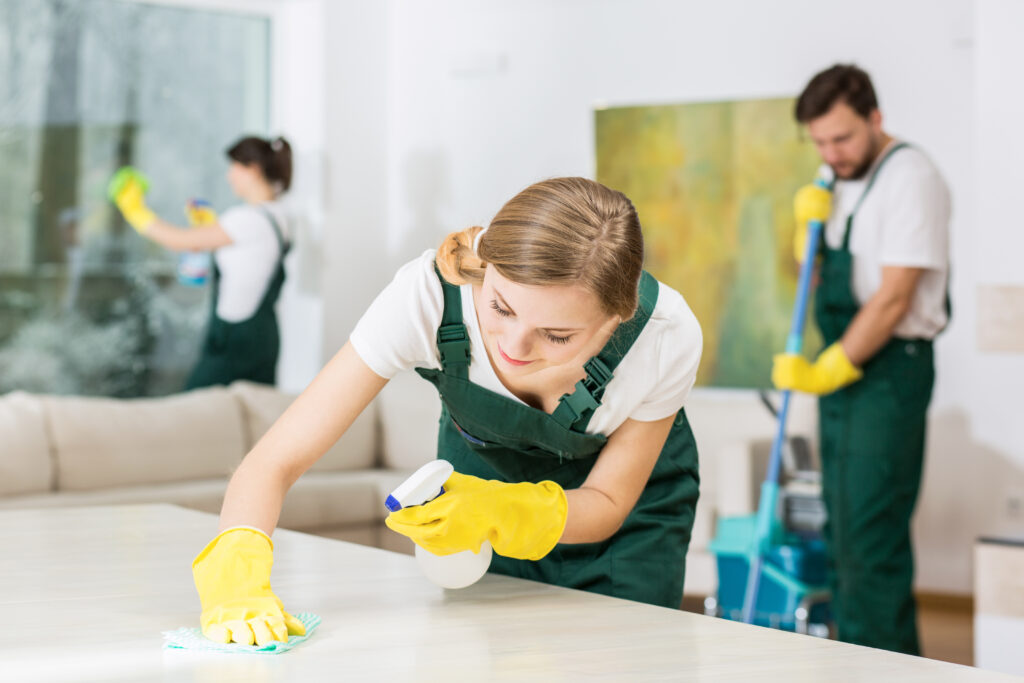
10. Schedule Regular Deep Cleaning
While daily cleaning tasks can help maintain a tidy home, scheduling regular deep cleanings is essential for a pet-friendly environment. Consider professional carpet and upholstery cleaning every 6–12 months to remove embedded dirt, stains, and allergens. If deep cleaning is too time-consuming, hiring a part-time cleaner for monthly or bi-monthly visits can help keep your home spotless.
Final Thoughts
Keeping a clean home with pets can be manageable. With a few practical strategies, you can enjoy a cleaner space while accommodating your pet’s needs. These small steps go a long way in maintaining a fresh, tidy home. Remember, if managing it all feels overwhelming, enlisting the help of a part-time cleaning service can save time and help you enjoy a pet-friendly, pristine space effortlessly.
Incorporate these pet-friendly housekeeping tips into your routine, and keep your home a welcoming place for you and your furry family members!



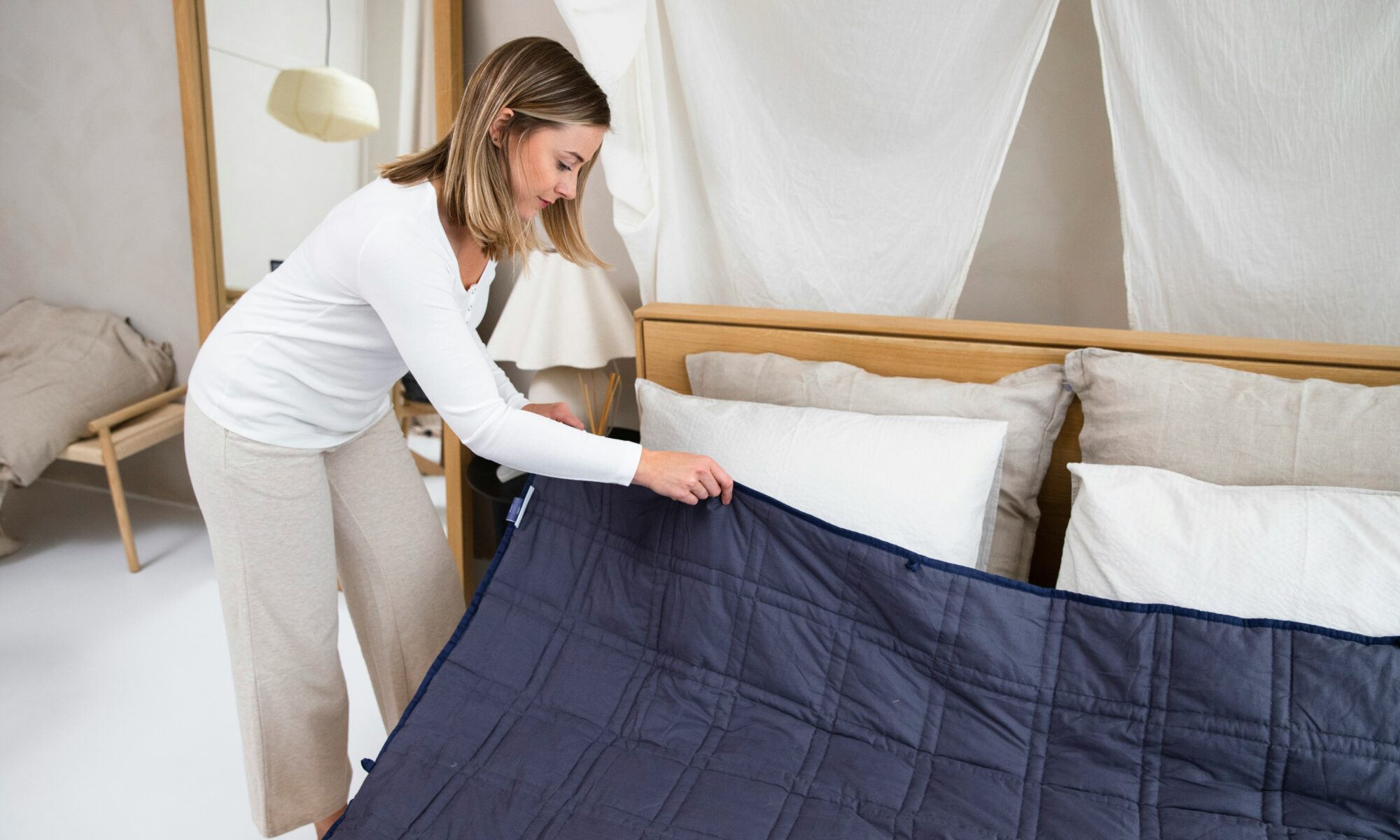
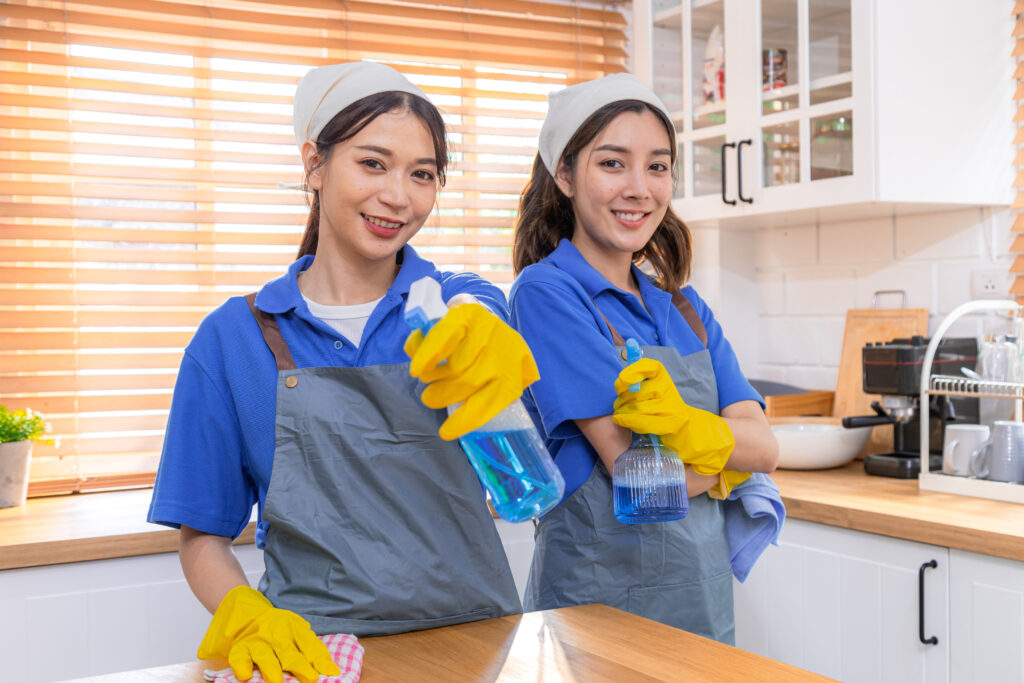
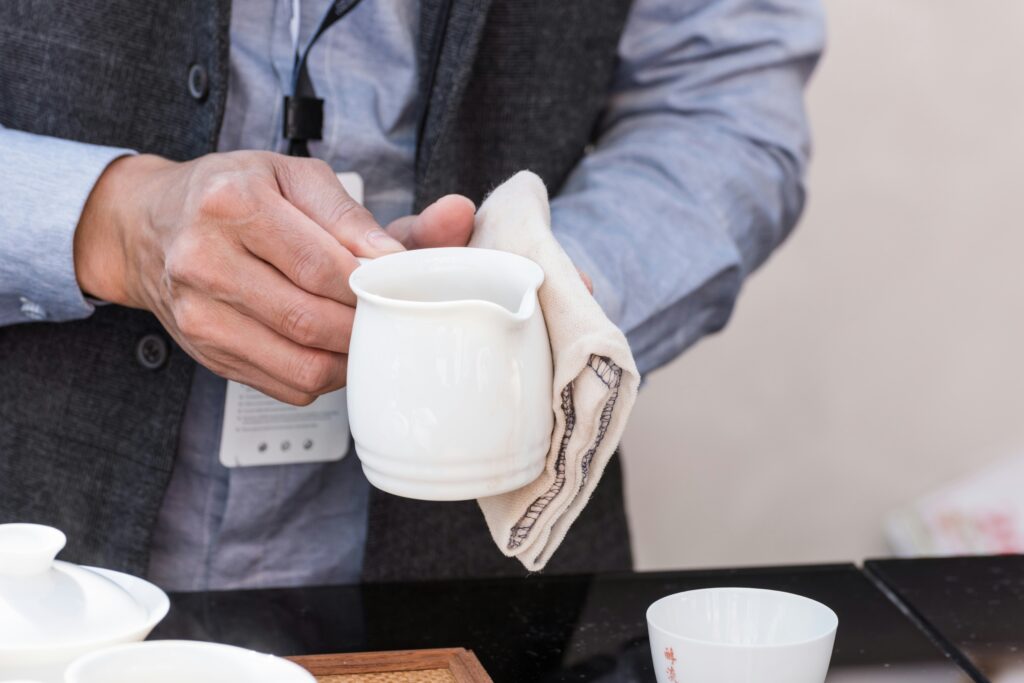
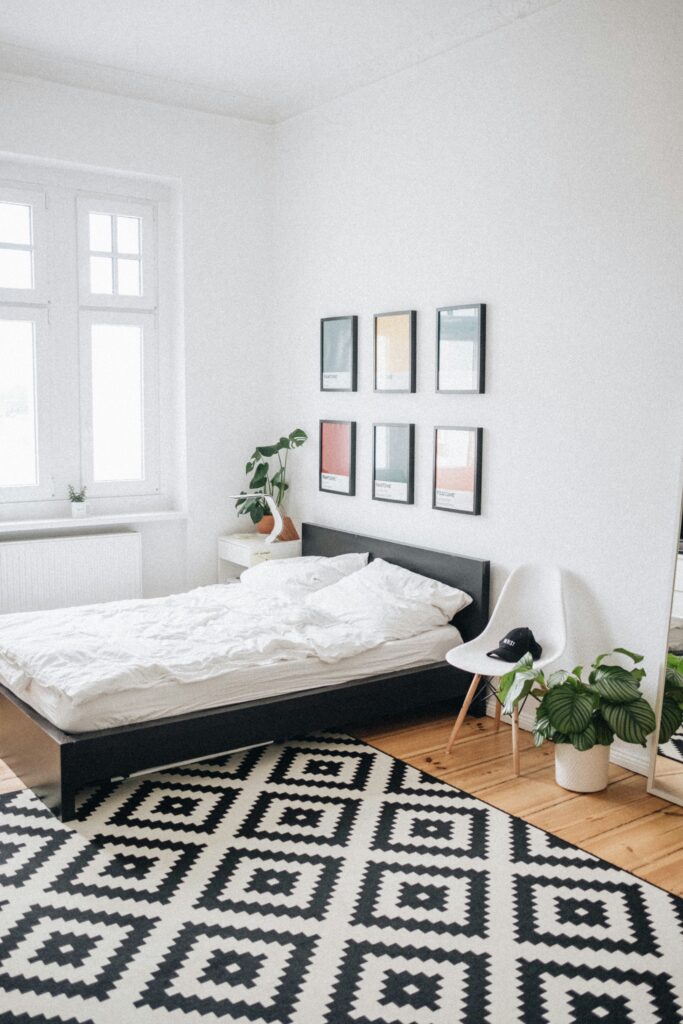
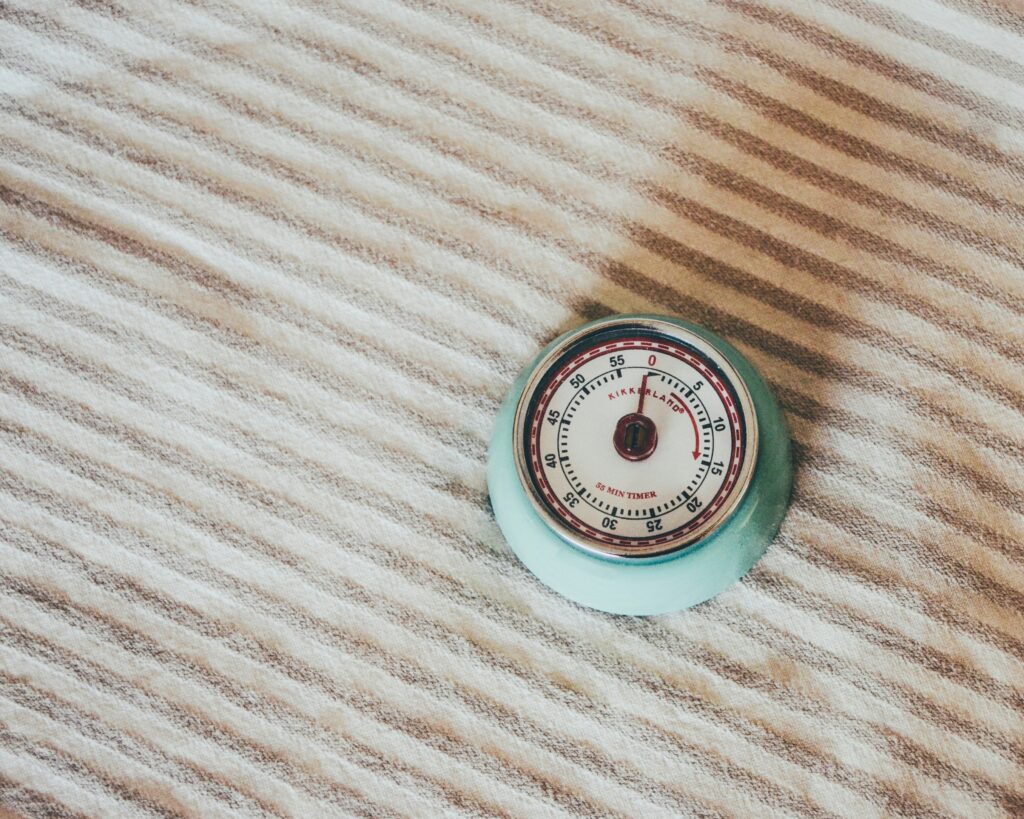
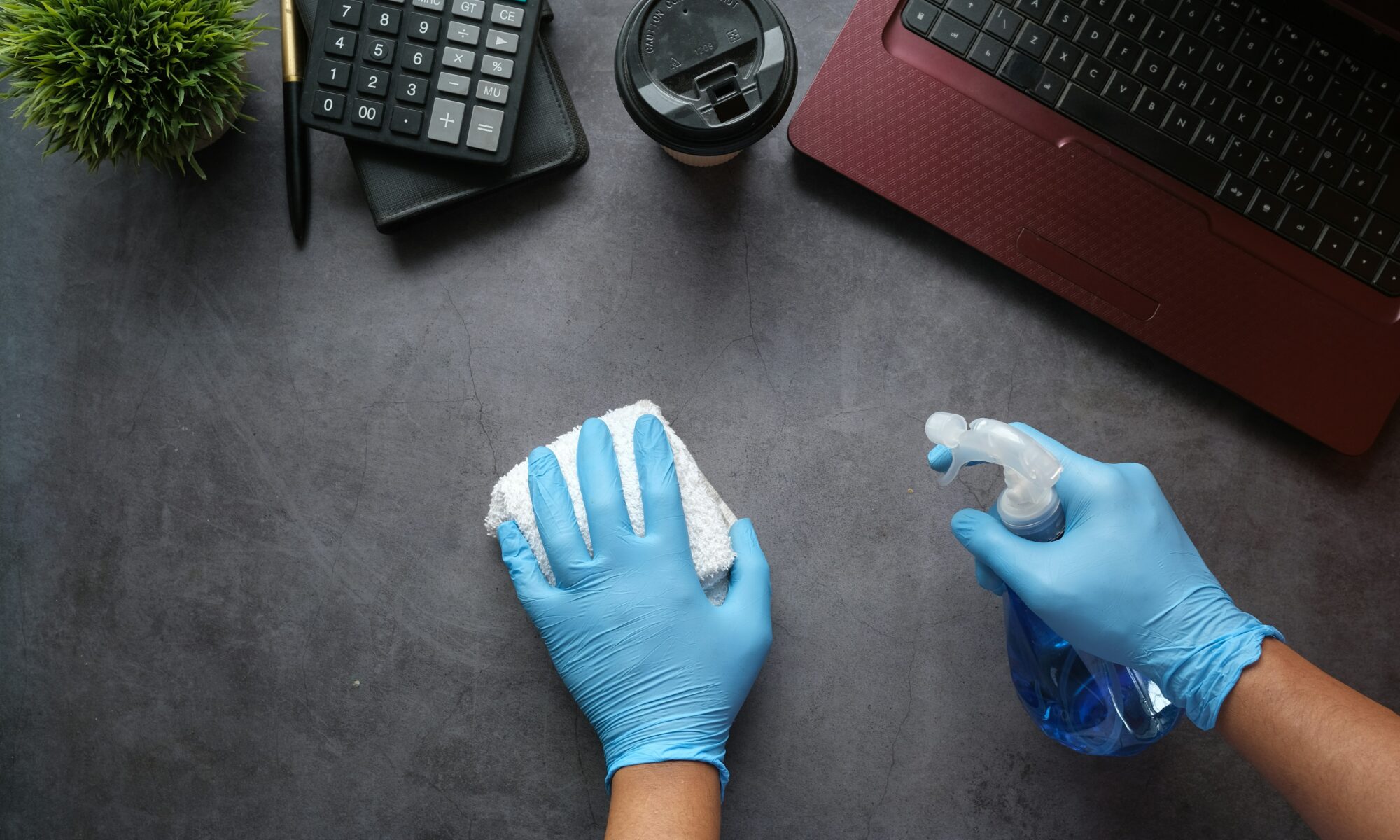
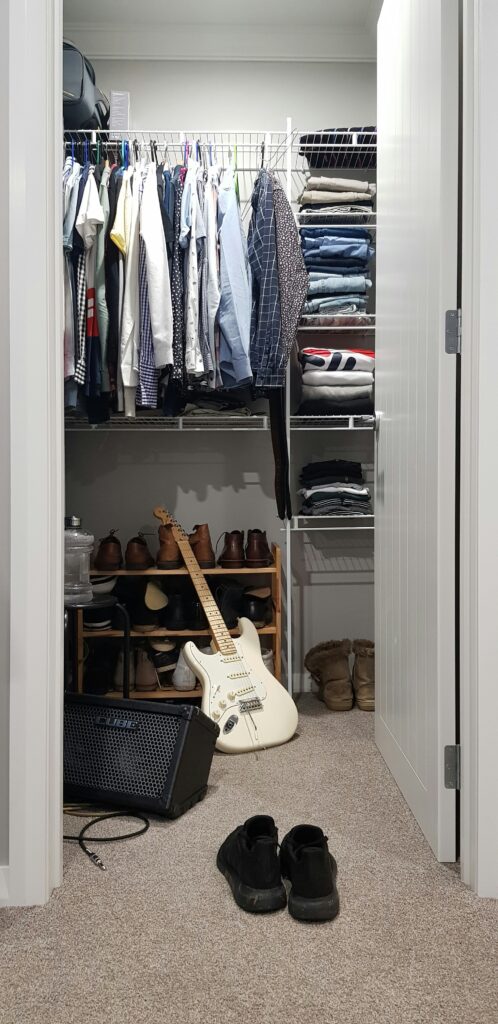
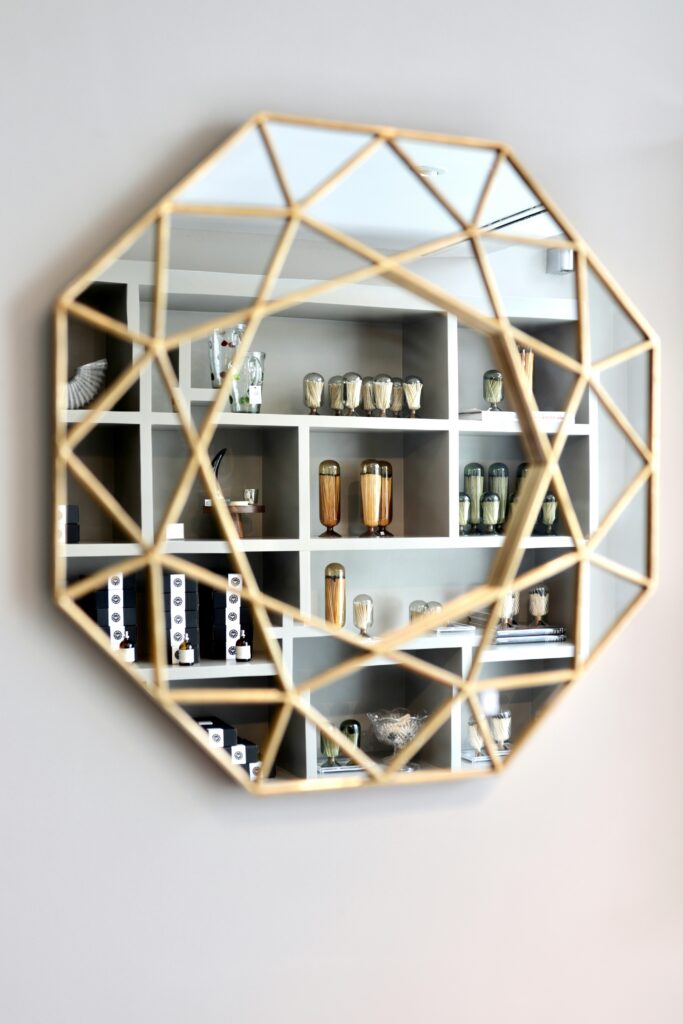

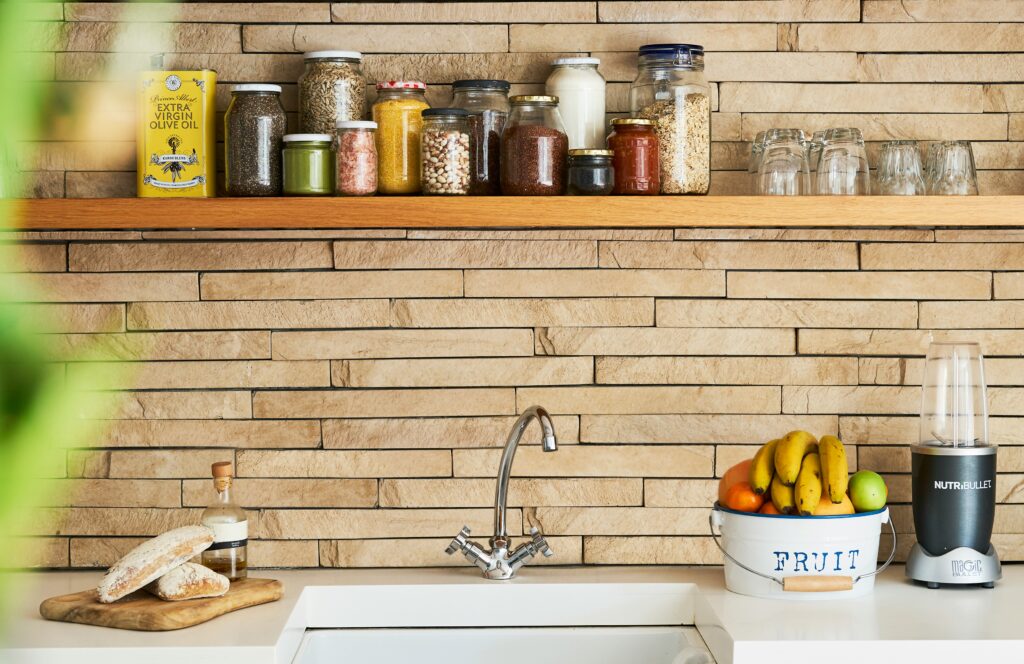
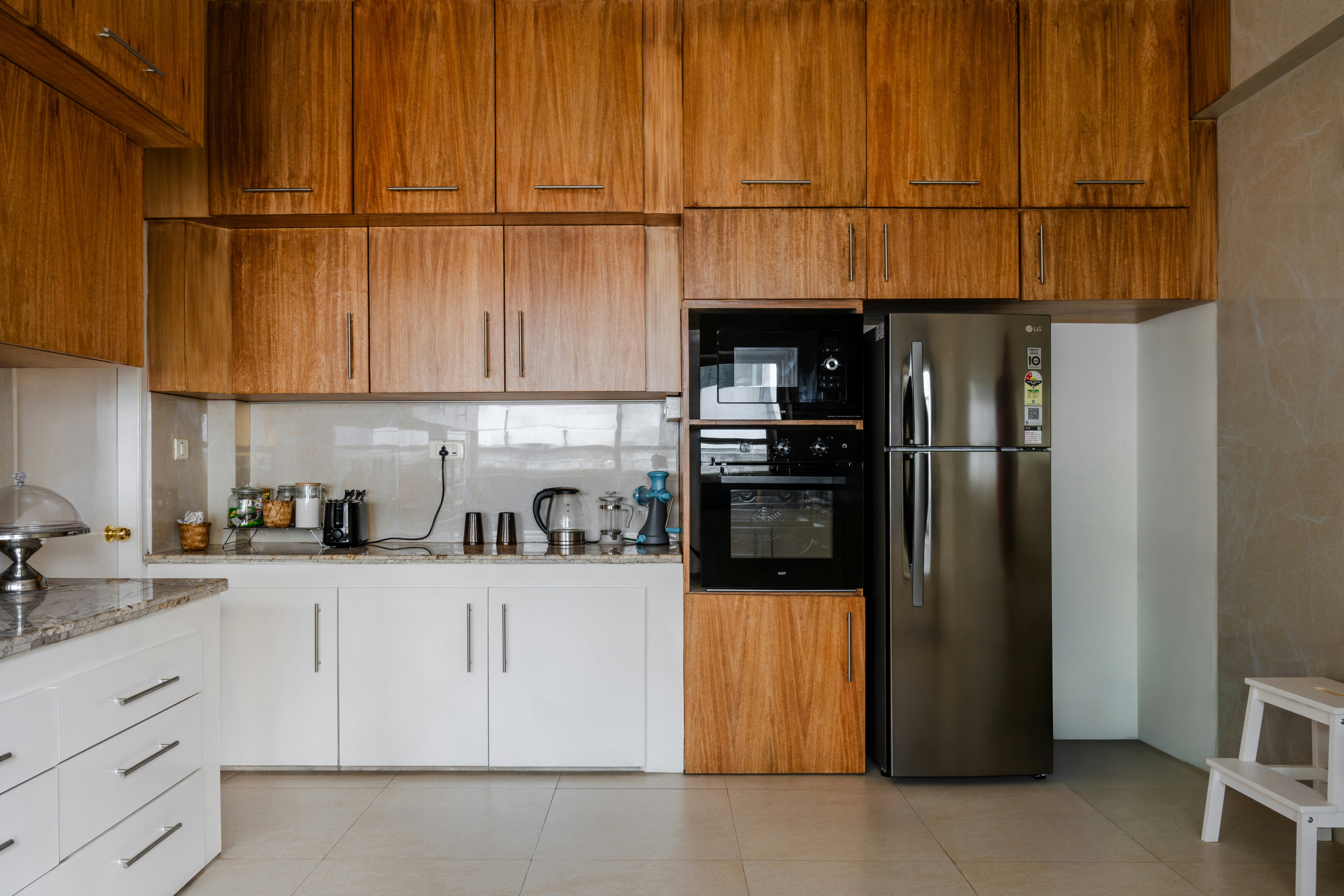
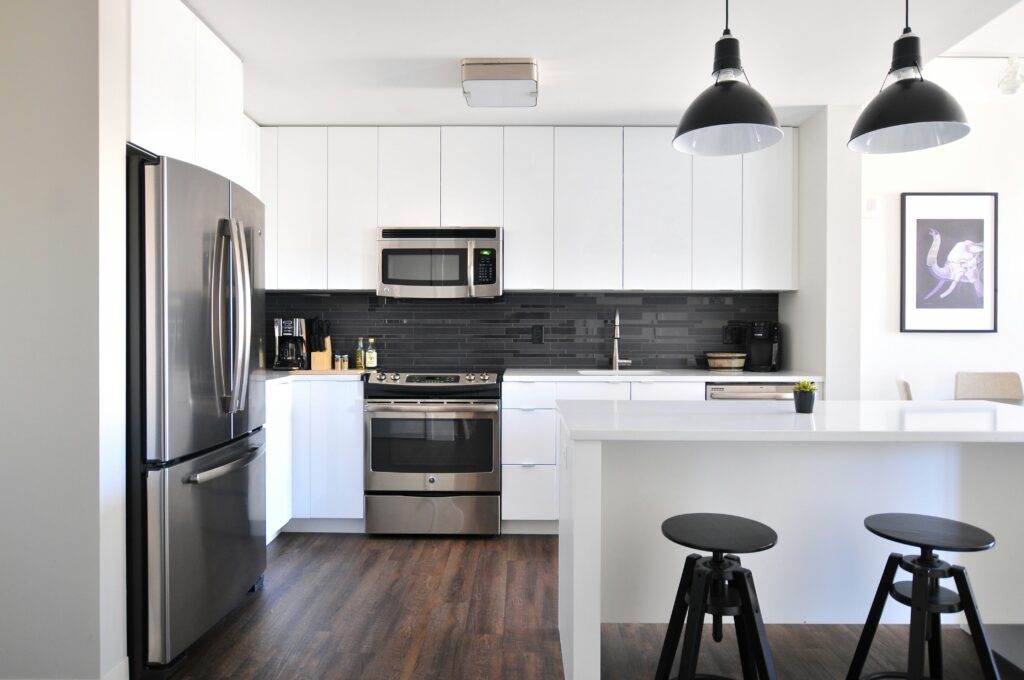
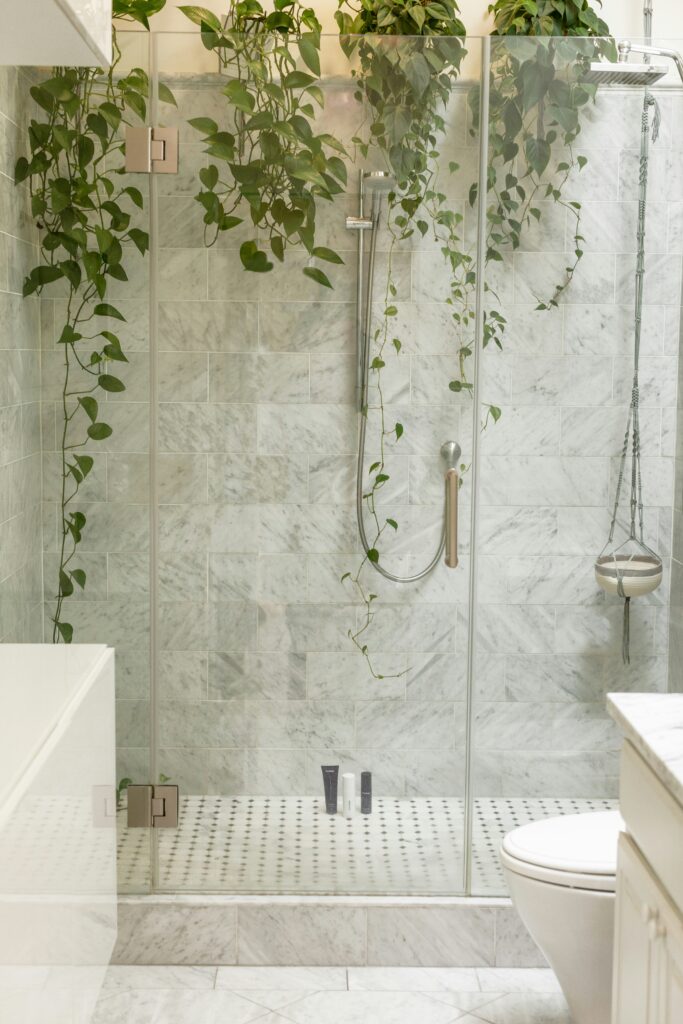
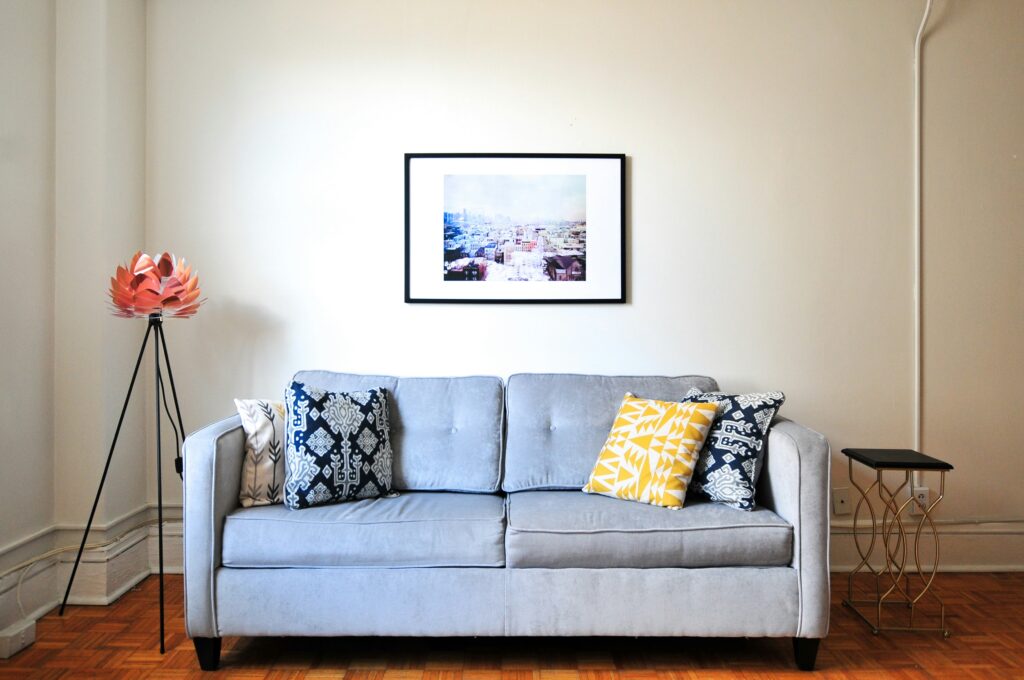

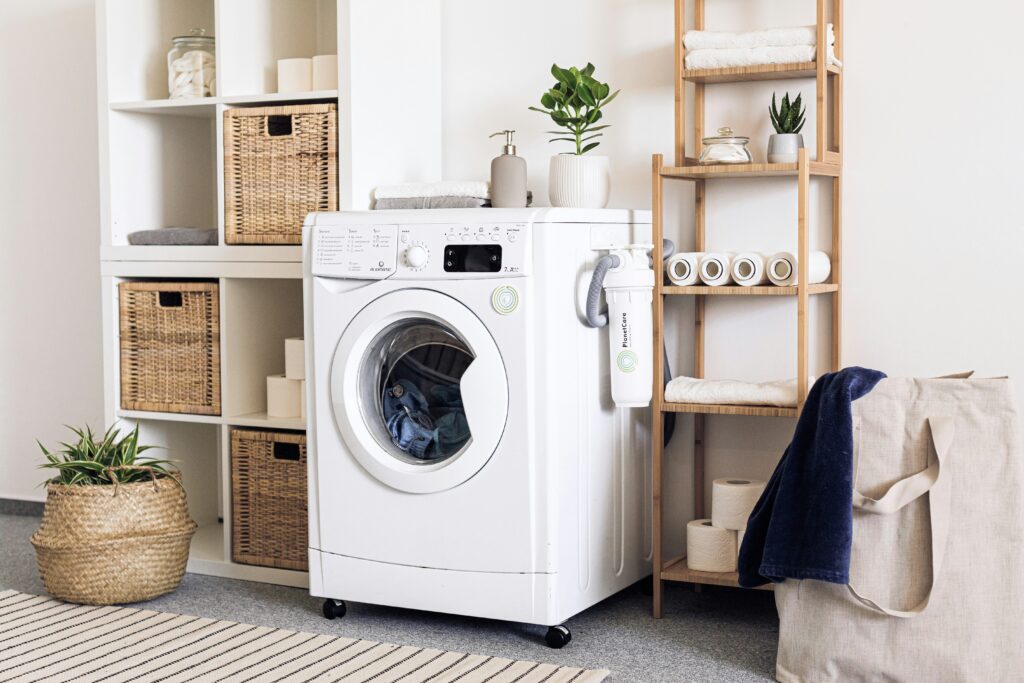
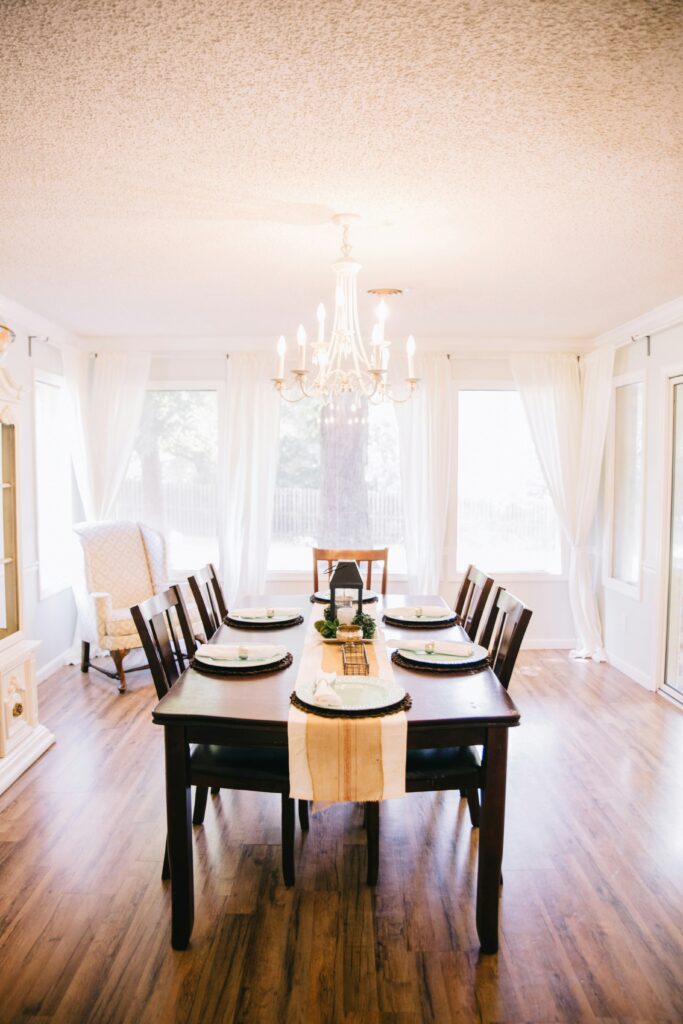
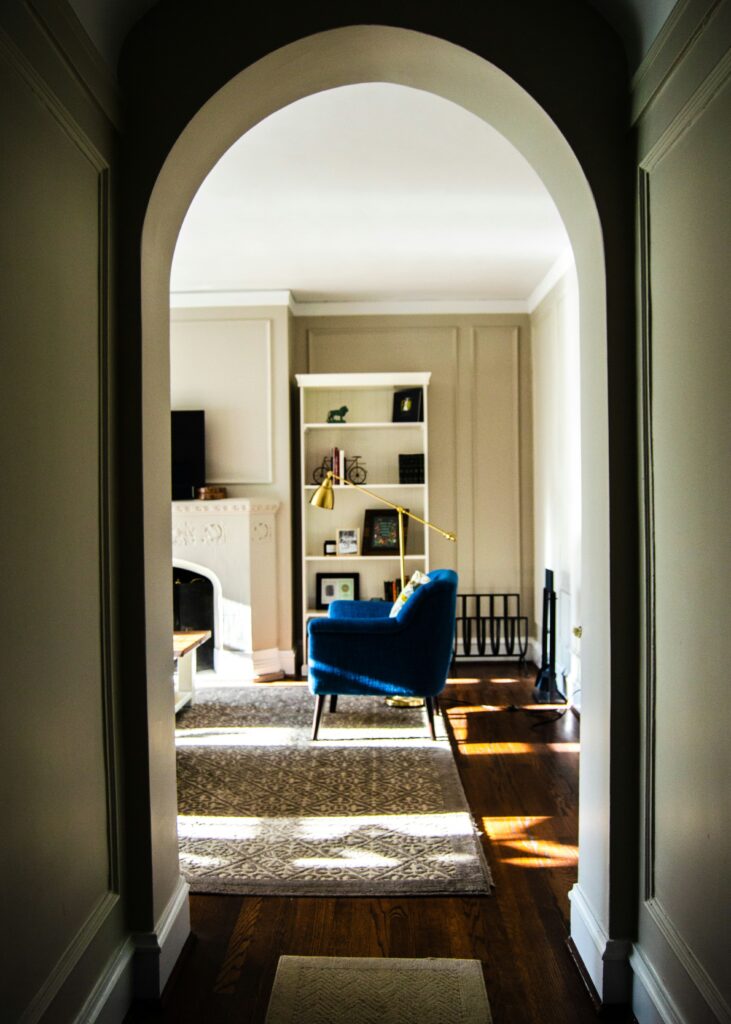

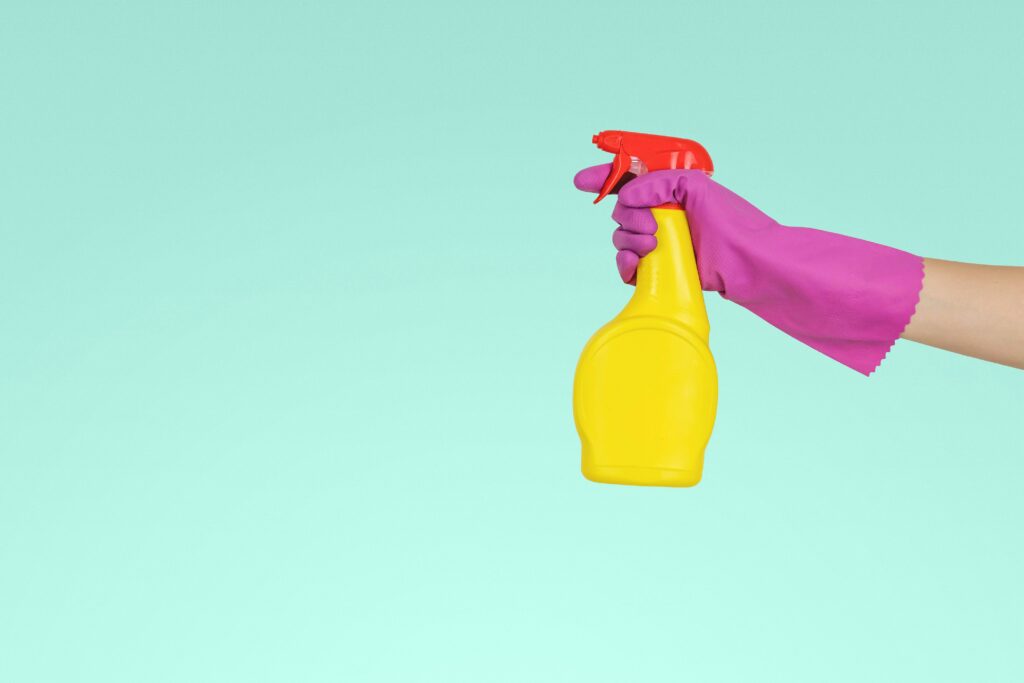
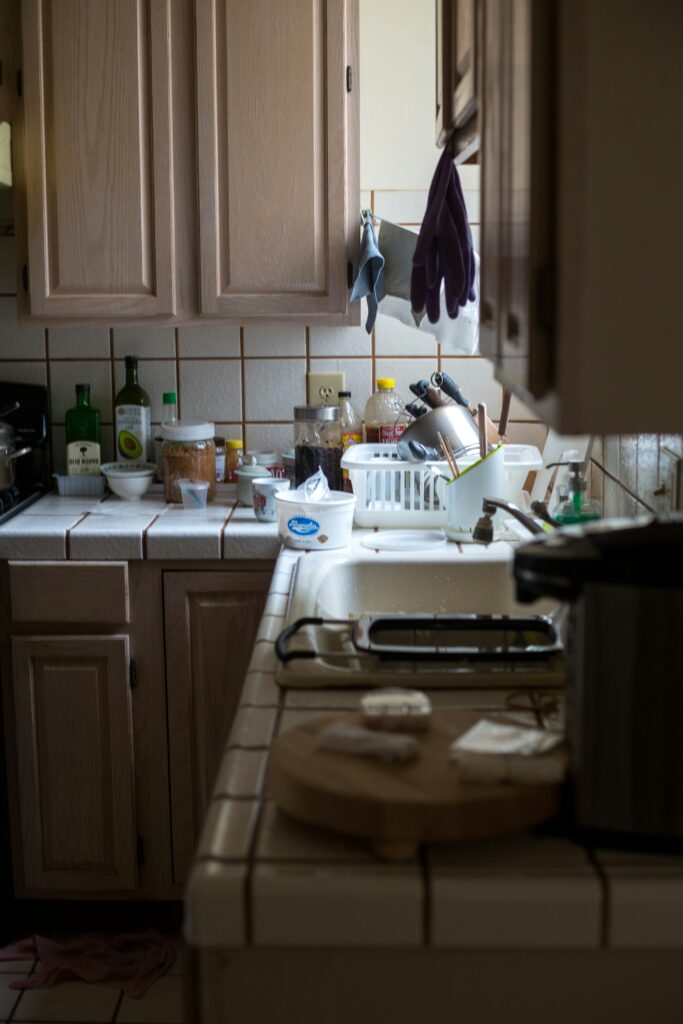
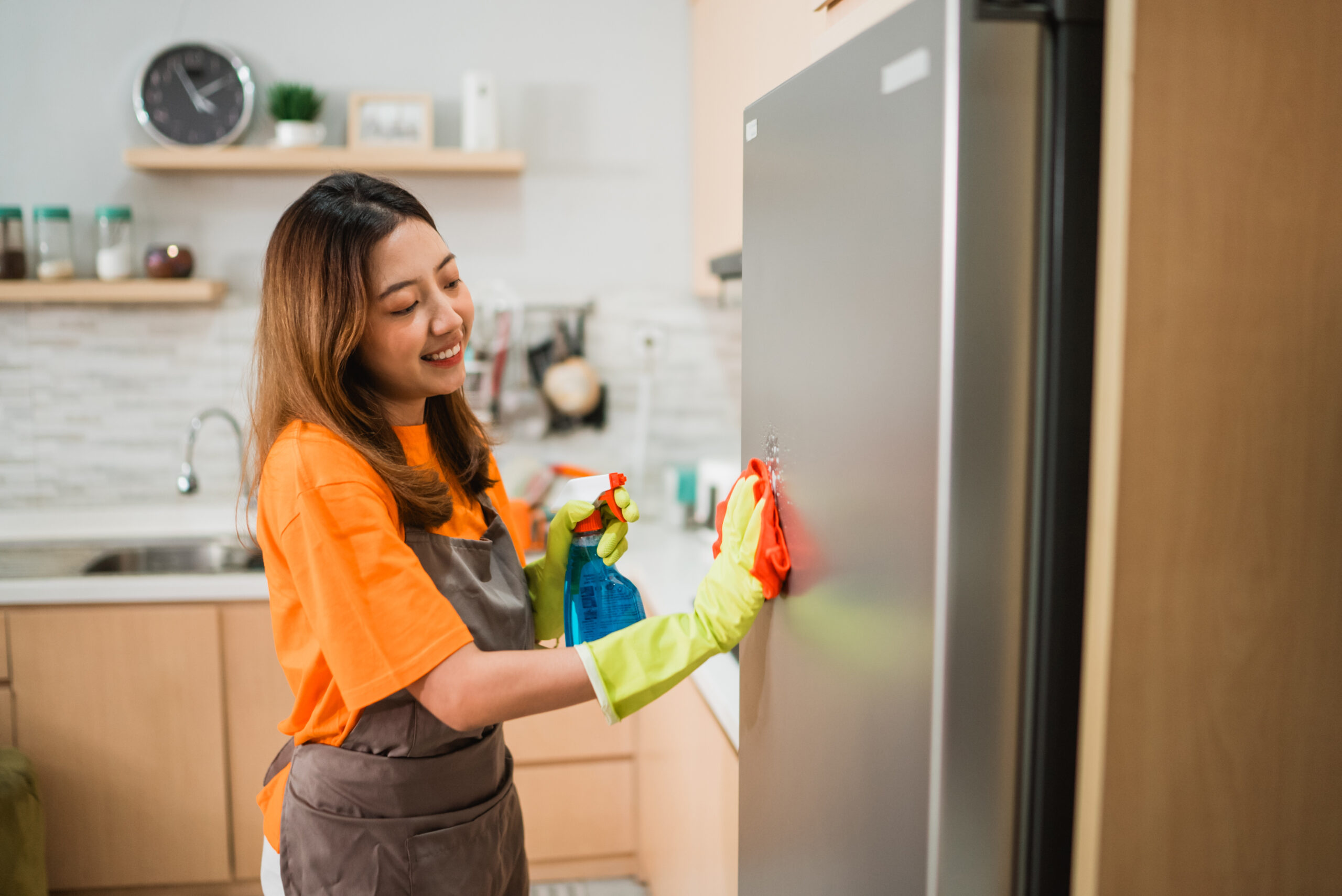
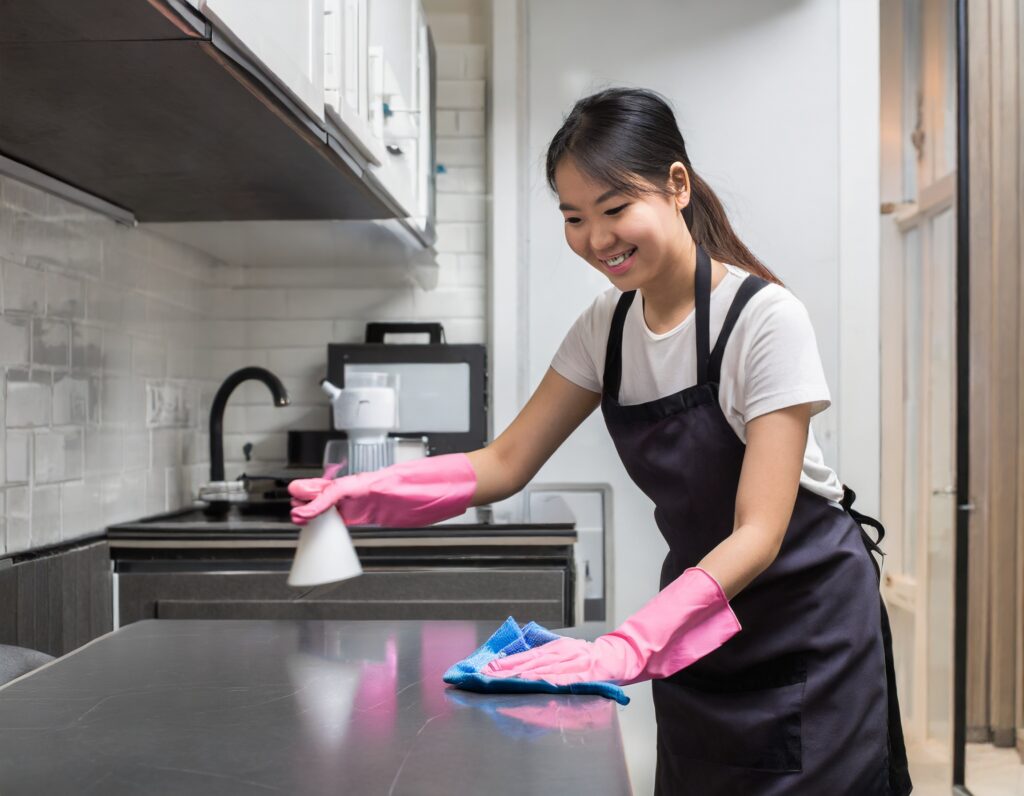
You must be logged in to post a comment.